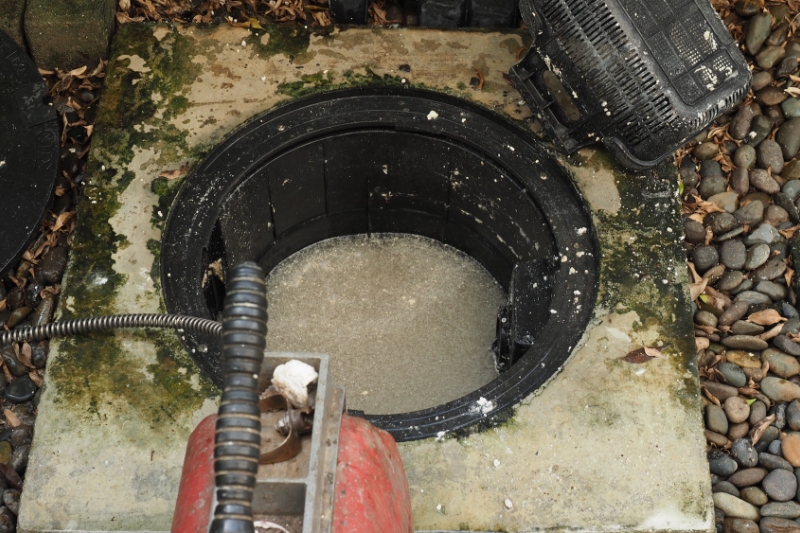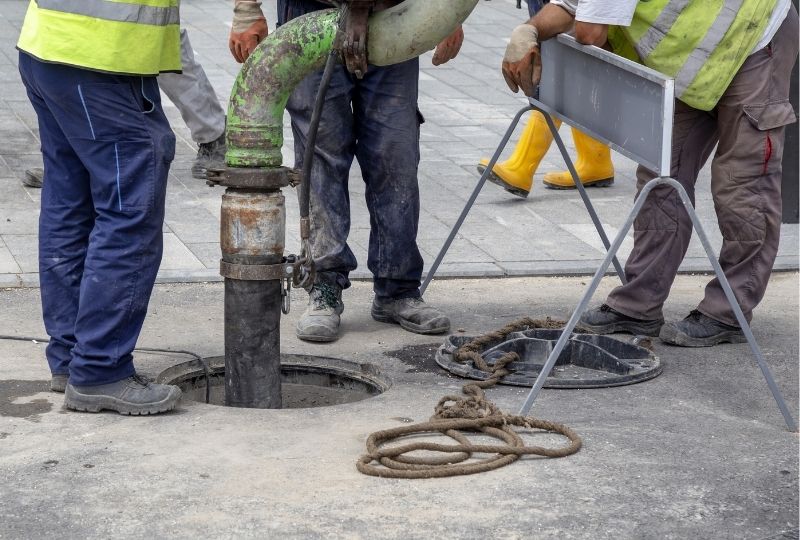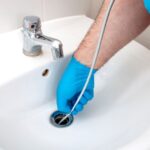A clogged sewer line is a homeowner’s worse nightmare. When your sewage pipes become clogged, it can cause backups in every drain in your home.

Image Source: freepik.com
If you understand how to tell if you have a clogged sewer line, you can quickly diagnosis the system’s issues and hire a specialist to fix the problem before it gets worse.
Water Floods the Bathtub When Flushing the Toilet
One of the first signs that will start to creep up with a clogged sewer line is when you flush the toilet; some water might come up in the bathtub or shower drains. This backup is because there is only a partial clog, so the water gets slowed down as it moves through the pipes. The water then needs somewhere else to go, so it flows up into the bathtub.
With a partial clog, you might also notice that your bathtub or sink drains longer than usual. However, if the problem seems isolated to the particular feature, then the problem most likely hasn’t bled into the sewer main.
Backed Up Drains
Once that partial clog grows into a full dam, the water will back up into the sinks, bathtubs, showers, and toilets throughout the house.
If the issue is with the central sewage pipes, you’ll feel the effects throughout the house. A flushed toilet in the master bathroom could cause floods in the kitchen. So you’ll want to shut off your water immediately. Then, you’ll need to call a plumber or environmental service to clean out the drain.
Secondary Drain Overflow

When you have a clogged sewer line, the problem won’t stay isolated, and you can expect water to start flooding into secondary drains. That means you can expect floor drains in the basement or laundry room to overflow. It won’t be hard to notice when this happens because it will come with a foul odor.
Sewer Clean-Out Is Draining
Besides inside, there also will be flooding sewage outside your house on your property. A sewer clean-out connects to the mainline and gives plumbers access to the pipes when they need servicing or clearing.
Your pipes are located outside the house and near the basement. Plumbers can identify them by their green or white round cap. Much like the secondary drain, you should easily notice when your clean-out is overflowing because there will be nasty-smelling sewage on your lawn.
Now that you know how to tell if you have a clogged sewer line, hopefully, you understand the importance of immediately getting this issue fixed.




Leave a Reply